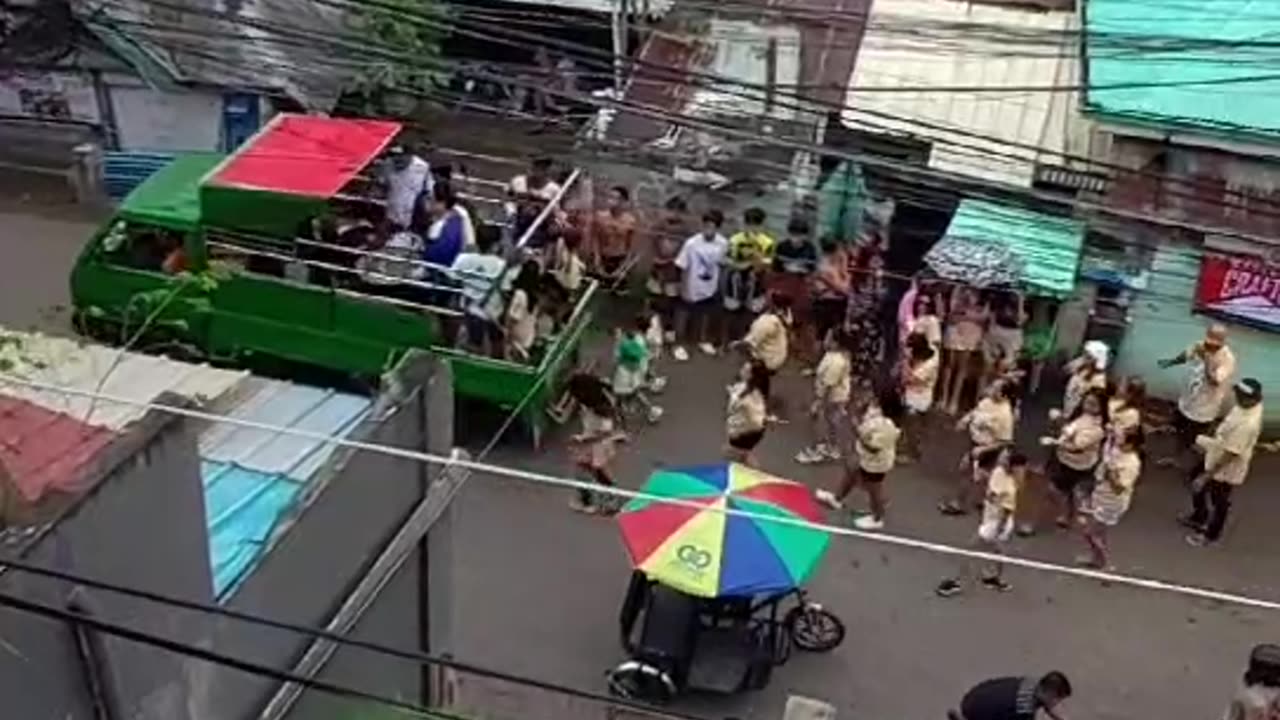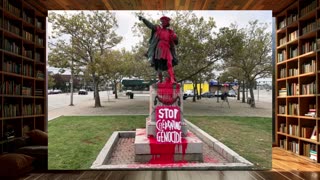Premium Only Content

#Sinulog Festival Cebu Philippines
Sinulog Festival Parade today!
Philippines has many festivals during the year, celebrations deeply rooted from pagan history, namely Ati-Atihan which reflect time based costumes and rituals that have been modified over time to reflect more modern Christian beliefs
This thanksgiving celebration is acted the third Sunday in January across Cebu, regarded as the largest Philippines parade festivals in honour of Santo Niño in recognition of Christianity. The What i have seen is Street percussion, dancing, costumes, the main event involves initial shuffling dance prayer.
Dinagyang Festival
This Filipino festival is very similar to the Ati-Atihan celebration taking place in Iloilo City on the fourth Sunday of January. Parades of people painted black and dressed in tribal warrior-wear dance, chant, stomp and beat drums long into the night in honour of Santo Nino and the Christianization of the local people.
Panagbenga Flower Festival
The three day Panagbenga festival takes place annually in Baguio City during February. Participants dress in colourful costumes reminiscent of the highland flowers and tribes, and celebrate the growing season with parades and native dancing.
Moriones Festival
This extravagant festival takes place on the island of Marinduque during the Easter Holy Week, usually in April. Participants dress in Roman costumes and re-enact the story of the conversion of the Centurion Longinus, who pierced the side of Jesus with his spear before being beheaded.
Masskara Festival
The colourful Masskara festival is hosted by Bacolod City in the Negros Occidental province of the Philippines. The literal translation, ‘festival of many smiles’ takes place the third week of October every year and celebrates the strength of the human spirit in times of adversity. A key component is a street dance competition with participants wearing richly decorated smiling masks. Other events include carnivals, a beauty pageant, music competitions, food, sports, concerts, and a garden show.
Black Nazarene
This Name given to a status of Jesus believed to be pale skin becoming dark after surviving a ship fire as it arrived to the Philippines from Mexico. On January 9th every year, the statue is taken from its resting place in the Minor Basilica of the Black Nazarene in Quiapo, for a procession. The festival begins in the morning with a Holy Mass at the Quirino Grandstand in Rizal Park, and then the statue is put on a cart back to Quiapo, carried by maroon wearing, barefoot penitents
-
 9:37
9:37
MattMorseTV
8 hours ago $0.44 earnedThis just ENDED his CAREER.
72623 -
 LIVE
LIVE
Spartan
7 hours agoPro Halo Player | Grinding, Another day to try and get better
386 watching -
 2:31:12
2:31:12
Nerdrotic
5 hours ago $4.88 earnedCosmic Summit Recap, Skinwalker Ranch Season 6 | Forbidden Frontier #106
102K5 -
 LIVE
LIVE
This is the Ray Gaming
24 minutes agoSunday Night With The Homies
87 watching -
 2:26:29
2:26:29
vivafrei
14 hours agoEp. 270: MASSIVE SCOTUS WINS! Big Beautiful Bill! New-Scum Sues! Diddy Watch! Big Apple Rot & MORE
109K75 -
 LIVE
LIVE
a12cat34dog
8 hours agoTHE *NEW* KRATOS IS EPIC :: God of War (2018) :: FIRST-TIME PLAYING {18+}
130 watching -
 3:12:50
3:12:50
EricJohnPizzaArtist
4 days agoAwesome Sauce PIZZA ART LIVE Ep. #52: GEYCK!
17.1K3 -
 57:30
57:30
RiftTV/Slightly Offensive
4 hours agoTHIS is Where It ALL Went Wrong.. The Rise of NEOCONS | Rift Book Club | B1E2
23.3K18 -
 5:13:57
5:13:57
Barry Cunningham
7 hours agoBREAKING NEWS: SENATE FINAL DEBATE AND DISCUSSION ON BIG BEAUTIFUL BILL
148K87 -
![🔴LIVE | [NIGHTMARE] Assassin's Creed Shadows | PT 5](https://1a-1791.com/video/fww1/30/s8/1/J/V/P/W/JVPWy.0kob-small-LIVE-EXPERT-Assassins-Creed.jpg) LIVE
LIVE
Tekavor
4 hours ago🔴LIVE | [NIGHTMARE] Assassin's Creed Shadows | PT 5
270 watching